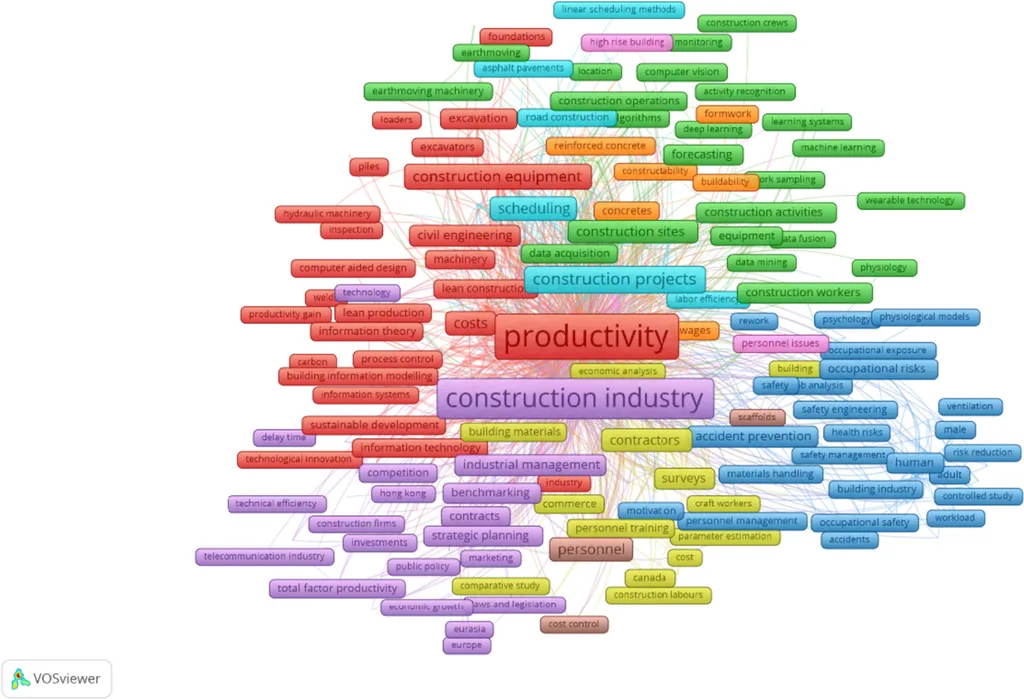In the bustling construction industry, where projects often face tight deadlines and budget constraints, understanding what drives employee productivity is crucial. A recent study published in the journal ‘مهندسی و مدیریت ساخت’ (translated as ‘Engineering and Construction Management’) has shed light on this very issue, offering insights that could reshape how construction firms approach workforce management.
Nahid Sheikhi, a graduate student of Civil Engineering specializing in Construction Management at Islamic Azad University in Sari, Iran, led the research. She and her team set out to identify and prioritize factors influencing employee productivity in the construction industry of Golestan province. Their findings, derived from a sample of 155 construction professionals, reveal that individual factors—such as skills, motivation, and health—have the most significant impact on productivity.
The study employed two sophisticated decision-making methods: the Hierarchical Hierarchy Process Analysis (AHP) for weighting criteria and the ELECTRE method for prioritizing options. “By using these methods, we could systematically analyze and rank the factors affecting productivity,” Sheikhi explained. “This approach allows us to move beyond anecdotal evidence and make data-driven decisions.”
The commercial implications of this research are substantial, particularly for the energy sector, which often relies on large-scale construction projects. “Understanding and optimizing these factors can lead to more efficient project completion, reduced costs, and improved safety outcomes,” Sheikhi noted. For instance, addressing individual factors could mean investing in employee training programs, improving workplace conditions, or implementing wellness initiatives.
The study’s findings suggest that construction firms should prioritize individual factors when devising strategies to enhance productivity. This could involve tailored training programs to upskill workers, incentives to boost motivation, and health initiatives to ensure workers are physically and mentally fit. “By focusing on these areas, companies can create a more productive and satisfied workforce,” Sheikhi added.
The research also highlights the potential of multi-criteria decision-making methods in the construction industry. These methods can provide a robust framework for analyzing complex issues and making informed decisions. As the industry continues to evolve, such tools could become increasingly valuable in navigating the challenges of modern construction projects.
In the broader context, this study could shape future developments in construction management. By emphasizing the importance of individual factors and demonstrating the value of sophisticated decision-making tools, it paves the way for more strategic and data-driven approaches to workforce management. As Sheikhi and her team continue their research, the industry can look forward to further insights that will drive productivity and efficiency to new heights.
For construction professionals and energy sector stakeholders, the message is clear: investing in the workforce is not just about fulfilling a social responsibility; it’s a strategic move that can yield significant commercial benefits. As the industry grapples with the demands of a rapidly changing world, understanding and optimizing the factors that drive productivity will be key to staying competitive and achieving long-term success.

